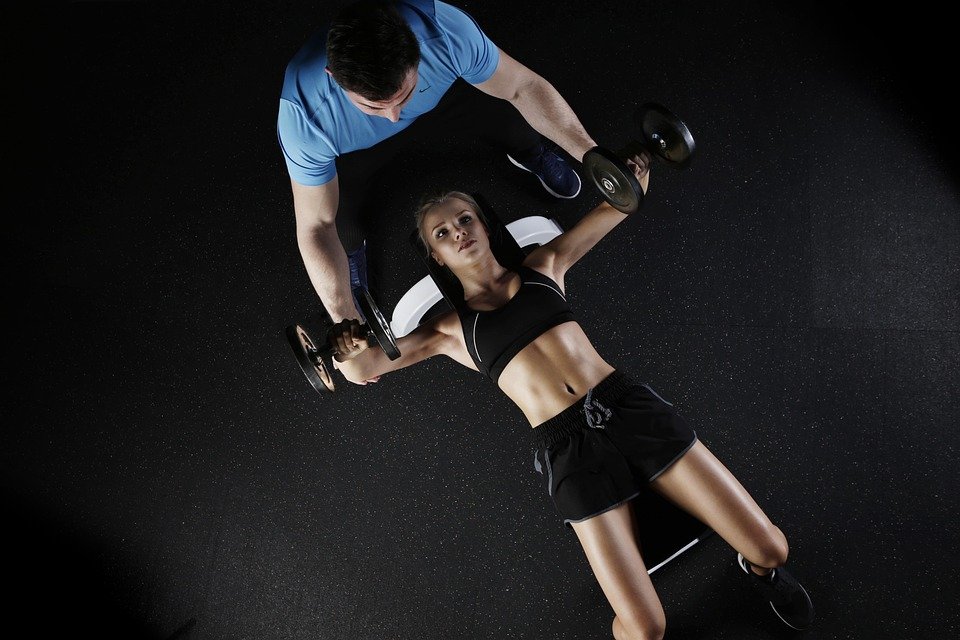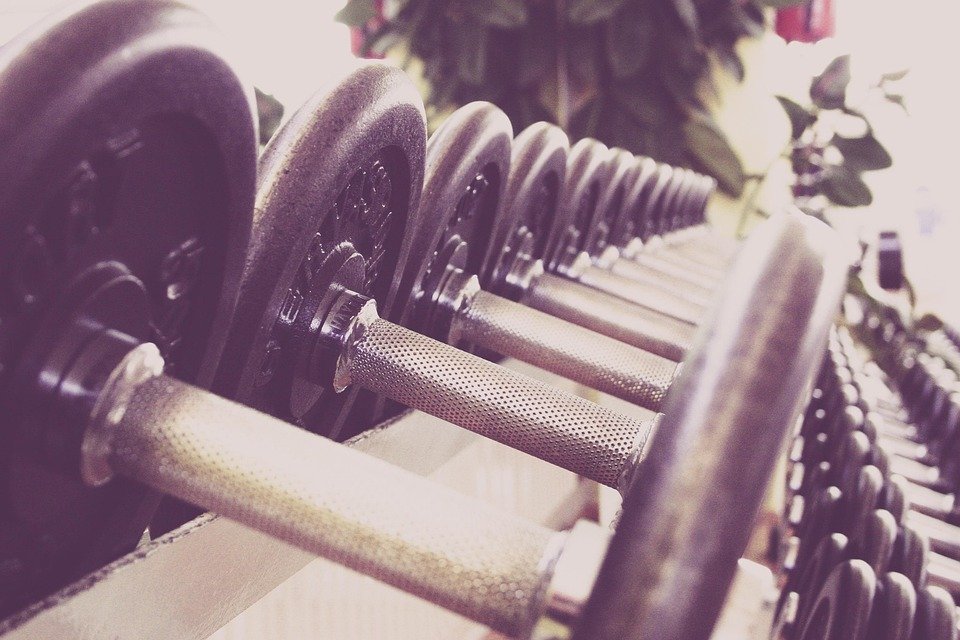Fueling your body properly before and after a strength workout—especially early in the morning—can be a game-changer for muscle building, energy, and recovery. Whether you lift heavy or stick to bodyweight training, eating the right foods at the right time is essential to optimize performance and results.
Pre-Workout Breakfast: Fueling Your Morning Strength Session
A good pre-workout breakfast should be rich in easily digestible carbohydrates for energy, paired with a moderate amount of protein to begin supporting muscle tissue. Keep fats and fiber low to avoid sluggish digestion.
According to the International Society of Sports Nutrition (ISSN), eating carbohydrates before exercise improves performance and reduces fatigue, especially in morning sessions when glycogen stores are lower after an overnight fast (Kerksick et al., 2017).
Sample Pre-Workout Breakfasts
1. Plain Greek Yogurt with Banana & Honey
- 1 cup nonfat Greek yogurt
- 1 medium banana
- 1 tsp honey
- Macros: 260 calories | 23g protein | 35g carbs | 2g fat
2. Oatmeal with Whey Protein
- ½ cup rolled oats cooked in water
- 1 scoop (25g) whey protein mixed in
- ½ cup blueberries
- Macros: 320 calories | 26g protein | 35g carbs | 6g fat
3. Peanut Butter & Jam Rice Cakes
- 2 rice cakes
- 1 tbsp peanut butter
- 1 tsp jam
- Macros: 230 calories | 6g protein | 27g carbs | 10g fat
Timing Tip:
Eat 30–60 minutes before your workout. If you’re short on time, opt for a liquid meal like a protein smoothie with fruit for quicker digestion.
Post-Workout Breakfast: Recovery & Muscle Growth
After a strength workout, your muscles are primed to absorb nutrients. You want a balanced meal rich in protein (to stimulate muscle protein synthesis) and carbohydrates (to replenish glycogen stores). Including some healthy fats is optional but can support longer satiety.
Research suggests consuming 20–40 grams of protein post-exercise stimulates muscle growth, especially when paired with carbohydrates (Morton et al., 2018).
Sample Post-Workout Breakfasts
1. Egg & Avocado Toast with Fruit
- 2 whole eggs, scrambled
- 1 slice whole grain bread
- ¼ avocado
- 1 small apple
- Macros: 400 calories | 18g protein | 35g carbs | 20g fat
2. Cottage Cheese with Pineapple & Almonds
- 1 cup low-fat cottage cheese
- ½ cup pineapple chunks
- 1 tbsp sliced almonds
- Macros: 290 calories | 27g protein | 18g carbs | 10g fat
3. Protein Smoothie
- 1 scoop whey or plant protein
- 1 cup unsweetened almond milk
- ½ cup frozen berries
- 1 tbsp chia seeds
- Macros: 300 calories | 25g protein | 20g carbs | 10g fat
Timing Tip:
Try to eat your post-workout breakfast within 30–60 minutes after training to maximize muscle repair and growth.
Summary: Quick Guide
| Meal Time | Focus | Best Nutrients | Example |
|---|---|---|---|
| Before Workout | Energy & prep | Carbs + moderate protein | Oatmeal + protein |
| After Workout | Recovery & growth | Protein + carbs | Eggs + toast + fruit |
Final Thoughts
Early morning workouts require strategic nutrition to get the most out of your training and recovery. Start with simple, digestible carbs and protein before your session, and follow up with a balanced, protein-rich meal post-workout. These meals not only support performance and muscle gains, but they also keep energy levels steady throughout the day.
Jefit: Your Ultimate Strength Training Companion
If you’re committed to building muscle, gaining strength, and tracking your progress effectively in 2025, the Jefit strength training app is the essential tool to help you crush your fitness goals. With over 20 million downloads and 12+ million active users, Jefit ranks among the best strength training apps available today. Named the Best Fitness App of 2024 and featured in Men’s Health, PC Magazine, and USA TODAY, Jefit combines expert-built workout programs, advanced gym performance tracking, and a supportive community to help you stay accountable and motivated. Whether you’re looking to follow a scientifically-backed muscle-building plan, monitor your lifting progress, or optimize your training intensity, Jefit gives you everything you need — all in one place
References
- Kerksick, C. M., et al. (2017). International Society of Sports Nutrition position stand: nutrient timing. Journal of the International Society of Sports Nutrition, 14(1), 33.
- Morton, R. W., et al. (2018). A systematic review, meta-analysis and meta-regression of the effect of protein supplementation on resistance training–induced gains in muscle mass and strength in healthy adults. British Journal of Sports Medicine, 52(6), 376–384.
Post Views: 271
This post is brought to you by: Source link
Best Breakfasts Before & After a Morning Strength Workout, 2025-07-23 12:23:00














